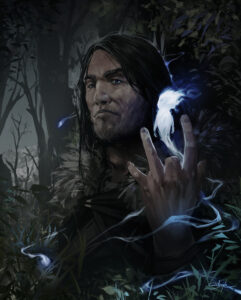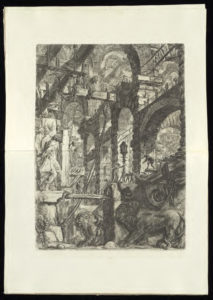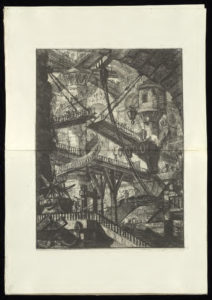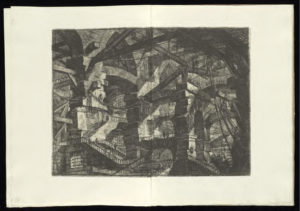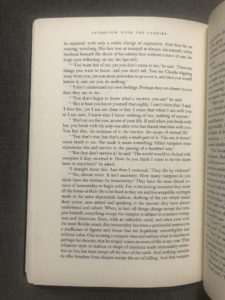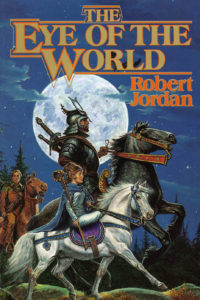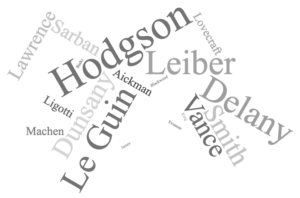
Like many, I make resolutions for the New Year. Unlike many, I avoid resolutions that entail deprivation or significant self-regulation. Instead, I choose some enjoyable activity that I want to be a greater part of my life. Previous resolutions include trying a new cocktail every week, making omelettes on weekends, and working toward a handstand walk (link is the original inspiration; I am still working on this myself). I look for an activity with relatively low bar to entry that I can pursue as a habit, where it is easy to mark progress by doing rather than by level of performance1. I required a resolution with modest level of time commitment due to a number of professional irons in the fire, so for 2018, this past year, I decided to read 52 short stories, on average one per week.
While short stories often lack the ambition and potential of longer fiction, I personally find the form aesthetically superior due to the necessity of tighter constructions and the limited scope for setup and digression. The short story respects the reader’s time rather than simply being a diversion, or, even worse, stringing a reader along extensively while ultimately failing to deliver.
 I had an informal bias toward reading hard copies, partly because I have accumulated a number of short story collections. One of my materialist indulgences is the well-bound physical book, and for me reading a nice book facilitates attention and lends a ritualistic aspect to the activity. For fiction in general, my taste leans toward the fantastic and supernatural, as you can probably tell from the list of authors. A few of the 52 were rereads (several of the Leiber stories and Call of Cthulhu), but most were new to me. Ghost stories are heavily represented for whatever reason.
I had an informal bias toward reading hard copies, partly because I have accumulated a number of short story collections. One of my materialist indulgences is the well-bound physical book, and for me reading a nice book facilitates attention and lends a ritualistic aspect to the activity. For fiction in general, my taste leans toward the fantastic and supernatural, as you can probably tell from the list of authors. A few of the 52 were rereads (several of the Leiber stories and Call of Cthulhu), but most were new to me. Ghost stories are heavily represented for whatever reason.
I let the authors themselves define what counts as short, based on the presentation of the story; length ranged from a handful of pages to several hundred pages. Stephen King’s The Mist, which was the longest, could easily have been published as a short novel.
As a further experiment, just after finishing each story I rated my satisfaction with the story, from 1 to 5, where the numbers have the following meanings:
- 5 Memorable, would surely read again
- 4 Enjoyable, something made it stand out
- 3 Decent, but one reading is probably enough
- 2 Not a total loss, but missing something or caused annoyance somehow
- 1 Probably would have been better off doing something else
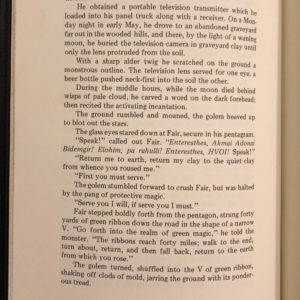
From Green Magic by Jack Vance
Take no strong judgments of quality, originality, or influence from these idiosyncratic ratings. Looking back, there were a few surprises. The few Robert Aickman stories I read fared poorly, despite being one of my favorite short story writers, and Hodgson, whose House on the Borderland might be in my top 10 written works of prose fiction period, also fell short. On the upside, I think every single story I read by Le Guin was a 5. I knew I liked her work before, but that still seems notable. I think my standard for enjoyable stories in the adventure fantasy mode is lower than for, say, ghost stories, where my standard is relatively high.
If I had to pick a single work to spotlight positively, it might be Blackwood’s The Willows. Though Delany’s Nevèrÿon stories ended up mostly 4s, they are remarkable, being, if I had to oversimplify, something like Conan by way of Foucault, flawed only by occasional awkward didacticism. It seems fashionable to hate on Stephen King for his popularity, productivity, and tendency to retell The Lord of the Flies, but when he is good he is on fire2. The Mist is one of my favorite stories in the cosmic horror tradition, up there with Lovecraft’s best.
Here are the stories I read, sorted descending by rating. (Order within rating means nothing; consider, for example, Dragonfly and Number Fourteen, both 5s, to be rated equivalently.)
- The Willows by Algernon Blackwood (rating 5)
- The Mist by Stephen King (rating 5)
- Bones of the Earth by Ursula K. Le Guin (rating 5)
- Darkrose and Diamond by Ursula K. Le Guin (rating 5)
- The Circle Curse by Fritz Leiber (rating 5)
- On the High Marsh by Ursula K. Le Guin (rating 5)
- Number Fourteen by Sarban (rating 5)
- The Finder by Ursula K. Le Guin (rating 5)
- Dragonfly by Ursula K. Le Guin (rating 5)
- Green Magic by Jack Vance (rating 5)
- Celephaïs by H. P. Lovecraft (rating 5)
- The Call of Cthulhu by H. P. Lovecraft (rating 5)
- The Gods of Pegana by Lord Dunsany (rating 5)
- The Tale of Small Sarg by Samuel R. Delany (rating 5)
- The Border Line by D. H. Lawrence (rating 5)
- The Door to Saturn by Clark Ashton Smith (rating 4)
- The Medusa by Thomas Ligotti (rating 4)
- Death Nymph by Arthur J. Burks (rating 4)
- Odour of Chrysanthemums by D. H. Lawrence (rating 4)
- Claws From the Night by Fritz Leiber (rating 4)
- A Tropical Horror by William Hope Hodgson (rating 4)
- Jewels in the Forest by Fritz Leiber (rating 4)
- The Kith of the Elf-Folk by Lord Dunsany (rating 4)
- Capra by Sarban (rating 4)
- The Sunken City by Fritz Leiber (rating 4)
- Ringstones by Sarban (rating 4)
- A Rendezvous in Averoigne by Clark Ashton Smith (rating 4)
- The Great God Pan by Arthur Machen (rating 4)
- The Miracle Workers by Jack Vance (rating 4)
- The Tale of Gorgik by Samuel R. Delany (rating 4)
- The Tale of Old Venn by Samuel R. Delany (rating 4)
- The Seven Black Priests by Fritz Leiber (rating 4)
- The Voice in the Night by William Hope Hodgson (rating 4)
- The Gateway of the Monster by William Hope Hodgson (rating 4)
- The Tale of Potters and Dragons by Samuel R. Delany (rating 4)
- The Tale of Dragons and Dreamers by Samuel R. Delany (rating 4)
- Hand in Glove by Robert Aickman (rating 3)
- The Goddess of Death by William Hope Hodgson (rating 3)
- The Red World of Polaris by Clark Ashton Smith (rating 3)
- The Vaults of Yoh-Vombis by Clark Ashton Smith (rating 3)
- The Rocking Horse Winner by D. H. Lawrence (rating 3)
- The Haunted Pampero by William Hope Hodgson (rating 3)
- The Inmost Light by Arthur Machen (rating 3)
- The Dust by Brian Evenson (rating 3)
- The Mitr by Jack Vance (rating 3)
- The Men Return by Jack Vance (rating 3)
- Time and the Gods by Lord Dunsany (rating 3)
- Out of the Storm by William Hope Hodgson (rating 3)
- The Rose Garden by M. R. James (rating 2)
- No Time is Passing by Robert Aickman (rating 2)
- Conversations in a Dead Language by Thomas Ligotti (rating 2)
- Helping the Fairies by Lord Dunsany (rating 2)
For 2019, I have decided to play more video games, though I am unsure yet about the details.
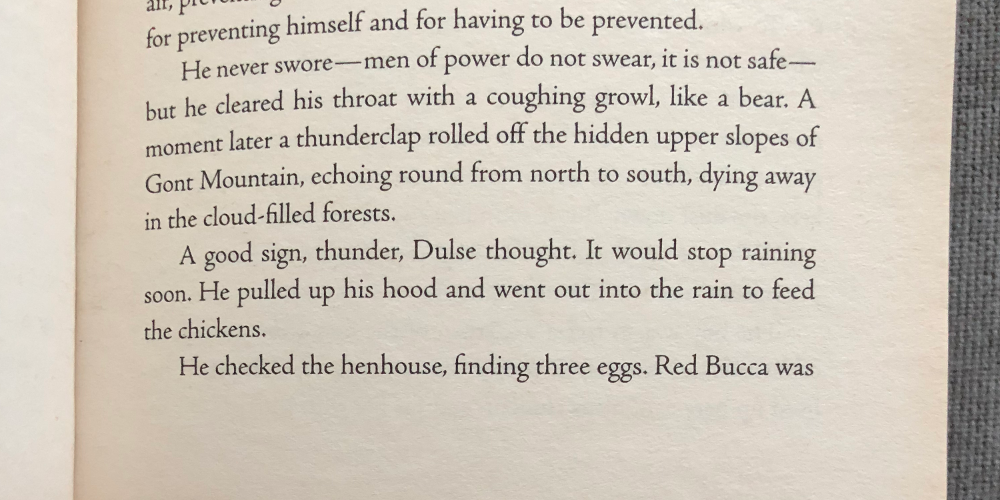
…men of power do not swear, it is not safe… —Le Guin, The Bones of the Earth
1. There is some relation here to Carol Dweck’s idea of learning goals and performance goals. See: Elliott, E. S., & Dweck, C. S. (1988). Goals: An approach to motivation and achievement. Journal of personality and social psychology, 54(1), 5-12. ↩
2. For novels, especially check out The Eyes of the Dragon and The Gunslinger, though I would say avoid all the other Dark Tower books with great prejudice. ↩

